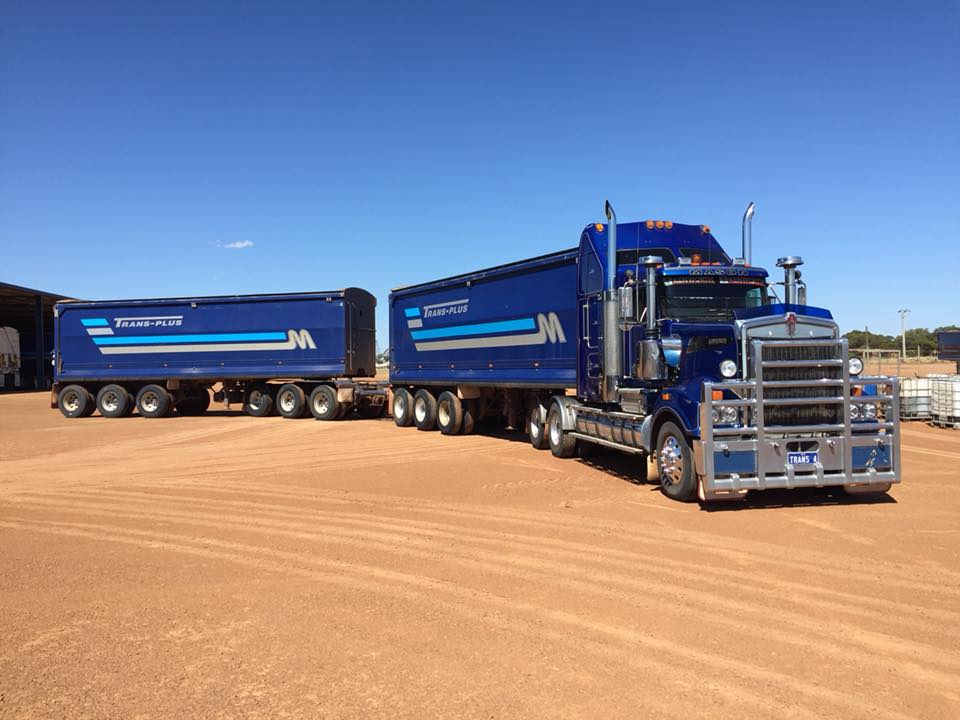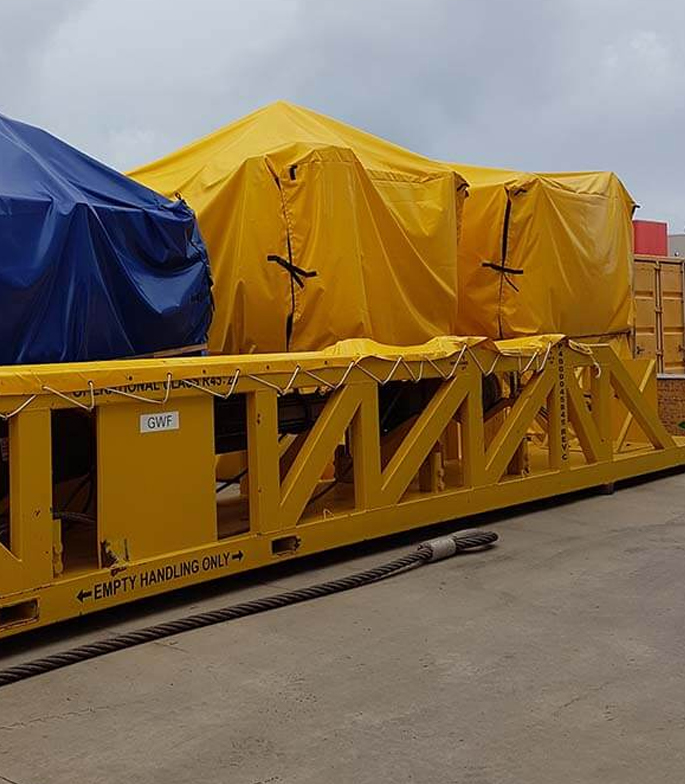Trailer Tarp Covers – The “Need to Know” Guide for 2019
Trailer tarps are strategically designed and manufactured to protect your assets during transport. As any good truckie knows, Australia’s heat can be harsh when driving cross country. Travelling through constant changing climates, trailer tarp covers need to be durable, flexible and water resistant.
Roll tarps are most commonly used for loads such as grain or sand that require a tight, water resistant seal. When it comes to applying the tarp, trailer bins need to be suitable. This includes having the correct set up for either a manual operation through the use of a handle and roller pipe or having the correct motor system installed for an electric automation. Motorised systems are more commonly associated with side to side and front to back styles over the more simplified wrapped or fitted tarps. Depending on the set up of trailers, you have a wide range of styles to pick from.

The first and original style would be the side to side system. This is a one man operation and made to provide a water-tight protective cover. These can be fitted with either a handle operation or motorised system.
In order to manually operate this system, an operator would simply need to crank a handle situated at the end of the trailer; using it to roll the pipe and tarp up from one side to the other and back again for coverage.
Electric systems; otherwise known as motorised systems, have recently gained momentum in todays market. The new Tension Arm is making headway in the side to side tarp design industries. This design utilises a snug install with the use of spring technology that is engineered to work even in the harshest weather. These are designed to roll the truck tarps side to side through the use of an arm as a driver would manually with a roller pipe and handle. These tension arms sit attached to the end of the trailer and can be used for both the traditional tipper style set up and the side tipper type bins.
Front to back is another form of tarp rolling however this one works with a pulley system situated at the from and back of the bin which has a wire rope connecting them and picks up each hoop in the tarp to slide it back and forth along the top of the bin edge; this can also be both manual or electric. Manual application requires an operator to hand-crank the handle and pulley system in order to pull the tarp back and forth over the trailer to open and close it. The electric component allows for the use of a remote which can be operated from within the cabin of the truck or from a safe distance outside of it.
Pull out tarps are very similar to front to back tarp systems as they both require the tarp to move from the front to the end of the trailer and back again for access. This system is a more hands on one however with the operator needing to pull the tarp out of the roll and over the trailer via a rope or cord from front to back before tying it off on the end in order to lock the tarp in place. This system is common for smaller local loads.
Fitted or Wrapped trailer tarp covers are just flat tarps that lay flat over the trailer and then tied off around the edges of the trailer bin.
Wrapped is a much looser fit where the truck tarp is simply laid down over the trailer and the excess material is folded around at the edges then tied off. This is a very cheap solution and not ideal for cross country runs or loose materials.
Fitted tarps are similar to wrapped styles in the way that they both lay flat over the trailer however when fitted, the tarp is pulled tight over all edges and fastened off to create a tight seal around the bin. These are accomplished with hooks and eyelets.
Truck covers are the ideal way of protecting the loads of both open trailers and grain bins. Depending on the driver, there are plenty of options for both manual and motorised as well as roll tarps direction. Tarps are created to suit the bins design and the load needs with durability and water proofing being key features in today’s climate. With an array of styles to choose from and UV protection, people can trust that there is one for everyone’s needs, no matter how big or how small the load is. At the end of the day, a driver wants what looks good so why not accentuate your ride with a nice splash of colour and protect the load while you’re at it?




William Snellex (Base Fabrication)